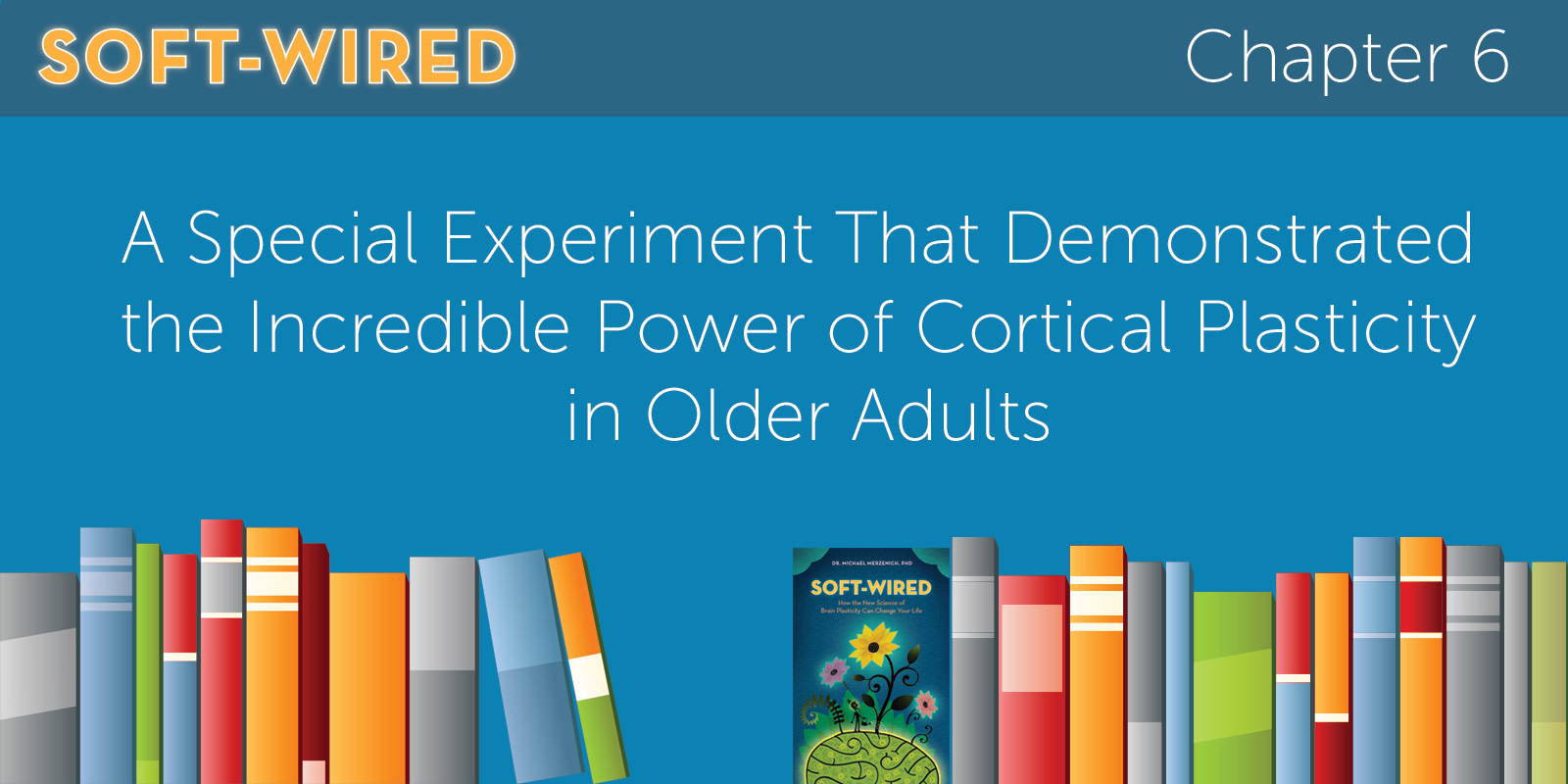A Special Experiment That Demonstrated the Incredible Power of Cortical Plasticity in Older Adults
Lessons learned, from the development of a cochlear implant
- Again, I have published a brief account of the development of the UCSF Cochlear Implant elsewhere (History of Neuroscience in Autobiography, Volume 7, Chapter 10 (2012.) A few key references to that decade-long research and development effort can be found there.
- The experiment that I describe, in which a patient (Earl) correctly identified his self-produced speech even while the speech of others was garbled for him, did not lead to a report published in a peer-reviewed journal. We confirmed this finding in another patient; and when I presented these anecdotal examples in several scientific symposia, members of other cochlear implant development groups informed me (and in one case, the audience) that they had recorded the same phenomena. Similarly, the finding that recovered speech is identified as sounding “perfectly correct…just as it sounded before I lost my hearing” is, of course, repeatedly described in cochlear implant application and use, in the several thousand centers in the world in which these devices have been provided to restore hearing in individuals who have acquired a severe hearing loss.
- Before I initiated studies on cochlear implant development, I called my primary research mentor, a Johns Hopkins Professor Vernon Mountcastle (one of the leading neuroscientists in the world in that era, and the founding President of the Society for Neuroscience) to tell him about my new venture. “Don’t do it, Mike” was a paraphrased version of his immediate retort. “You can be an important scientist in the world. This practical research will be a distraction. Don’t waste your time on practical clinical questions when important theoretical issues are in your sights.”I did not follow his advice, for three reasons.First, for me, the public pays the University scientist to do good in the world. I was personally motivated to “deliver the goods.”Second, I realized that if we could control patterns of information from the ear to the brain through electrical stimulation, we could ask and answer key questions about the coding of information in a great sensory system that had been the subject of speculation, argument, and experiment for 200 years. Any scientist who has a fresh way to look at important, outstanding issues is highly likely to be advantaged by spending their time using that fresh approach. I hope that this Chapter illustrates at least a few of the intellectual rewards that came to me from this cochlear implant development adventure!
Third, I thought that it would be challenging, and fun.
I was right.
- There are more than a hundred books that describe cochlear implants and their scientific bases and origins, written for a general audience or for families, parents, patients, therapists and surgeons. I have no particular favorite.






